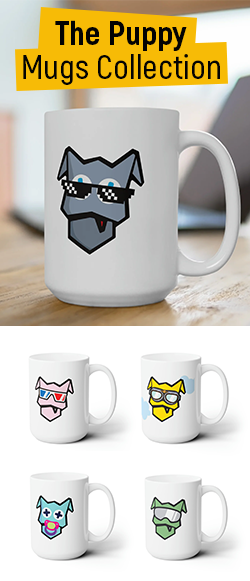Blackletter, otherwise called Gothic script, Gothic infinitesimal, or Textura, was a script utilized all through Western Europe from pretty nearly 1150 to well into the 17th century. It kept on being utilized for the German dialect until the 20th century. Fraktur is an eminent script of this sort, and in some cases the whole gathering of Blackletter countenances is mistakenly alluded to as Fraktur.
Gothic lettering as Blackletter is regularly a most loved of learner calligraphers as it gives a feeling of convention to a work. There are numerous varieties of Gothic lettering in compositions – textura, prescissa, quadrata, rotunda, and so on – by and large described by thick, vertical strokes and an assortment of style serifs.
Verifiable Gothic styles are normally supplanted with less mechanical, all the more energetic varieties in contemporary calligraphy albeit understanding the structure and development is a decent beginning stage to creating varieties. An excellent illustration of a contemporary variety of the Fraktur style by Denis Brown can be seen at the QuillSkill site – the style is so dynamic and fluid so the letters just about move off the pages!
An all-around executed Gothic can be exquisite and lovely; an ineffectively lettered Gothic is evident and diverting as it is a great deal less sympathetic than different styles, for example, Italic or Uncial.
Gothic can be simple in the event that you apply a couple of essential ideas:
- consistency
- straight, vertical strokes
- attention to negative space
Gothic is an extremely thick, packed style and this can be accomplished with a pen point of around 45° and pen nib widths of 4 for the x-stature and 2 for the ascenders and descenders. The quote has a bigger number of liberal dividing between the words than is generally found in compositions to help with neatness.
The most vital calligraphy abilities for composing Gothic letters are:
- Pen point at 45 degrees
- Drawing straight vertical lines
- Drawing short, straight inclining lines, both dainty and thick, in diverse bearings
- Small, controlled developments of the nib
- Rhythm!
Gothic lettering can be very difficult with packed extents and letter dispersing, changes in pen points, and manufactured up serif development.
These days, Gothic lettering is esteemed for its formal, striking, and elaborate qualities. Therefore, it is best utilized for enriching purposes, where individuals don’t should have the capacity to peruse the content effectively. A Gothic script has an exceptionally positive medieval “feel” to it. Also, its not hard to create an amazing impact in Gothic, so its generally been a most loved with calligraphers.
The best shades to utilize are the conventional ones: reflexive dark for the body content, vermilion (splendid orange-red) for capital letters or titles, and gold for design. Such an outline makes even the brashest present day title look respectably obsolescent
